Turrón
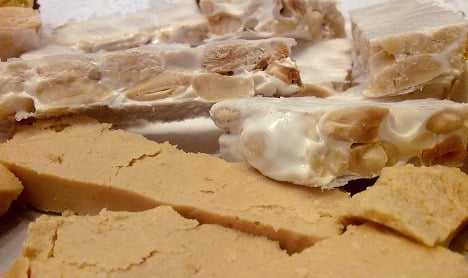
Photo: Lablascovegmenu / Flickr Creative Commons.
This sweet nougat made of honey, sugar and toasted almonds is a popular Christmas treat across the Iberian peninsula. From the hard Alicante style to the softer version from Jijona.
Seafood
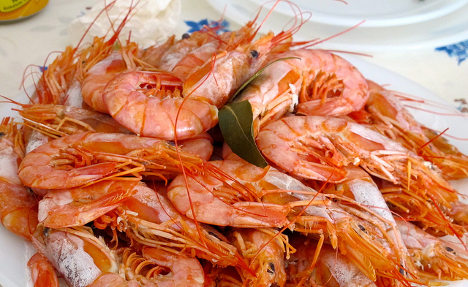
Photo: emivel2003 / Flickr Creative Commons.
Mariscos are likely to be served for Noche Buena -Christmas Eve and the focus of festivites. Expect anything from fish soup, lobster, prawns to langostinos, as pictured above.
This year, Spain's health authorities have issued a warning in an attempt to discourage diners from sucking out the juices from the heads.
READ MORE: 'Don’t suck prawn heads': Spain issues health warning over Christmas dinner delicacy
Suckling pig / Milk-fed lamb
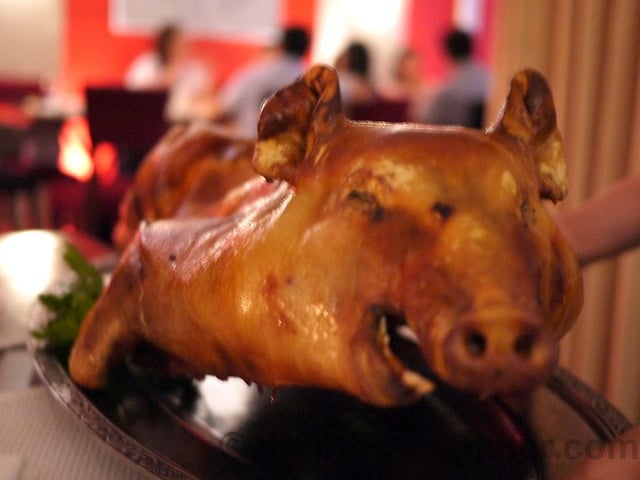
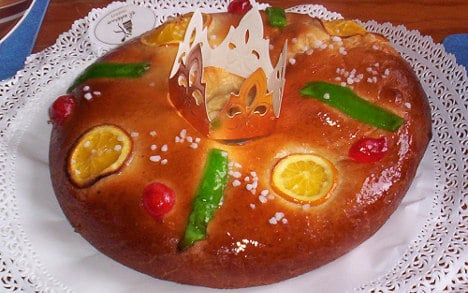
Photo: Secret Tenerife / Flickr Creative Commons.
This “king cake” in Spanish-speaking countries is traditionally eaten on January 6th to celebrate Epiphany when the three kings brought gifts to baby Jesus. The ring-shaped cake typically has a hidden figure inside and whoever gets the slice with the figure inside “wins” – though some make the winner buy next year's cake.
READ MORE: #Navidad: Spain's festive cake brings the promise of big prizes
5. Polvorones and mantecados
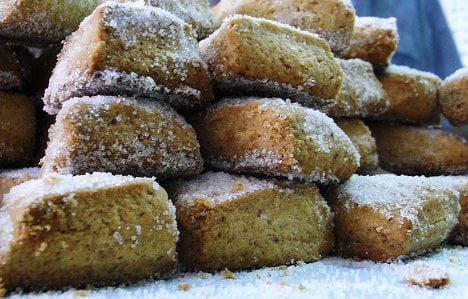
Mantecados. Photo: Javier Lastras / Flickr Creative Commons.
These crumbly cakes are another traditional Christmas shortbread dessert. Mantecados are distinct in that they are prepared with pig fat – manteca – while polvorones are named because they crumble into powder – polvo.
6. Yema
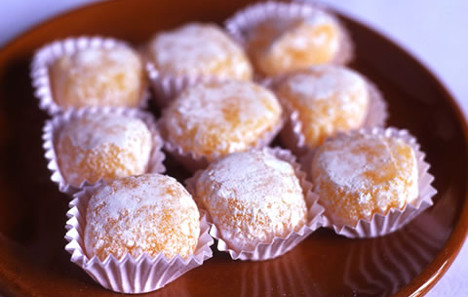
Photo: Wikimedia Commons.
These little cakes, a specialty of Ávila, are made of mainly egg yolk and often covered in sugar or icing.
7. Marzipan
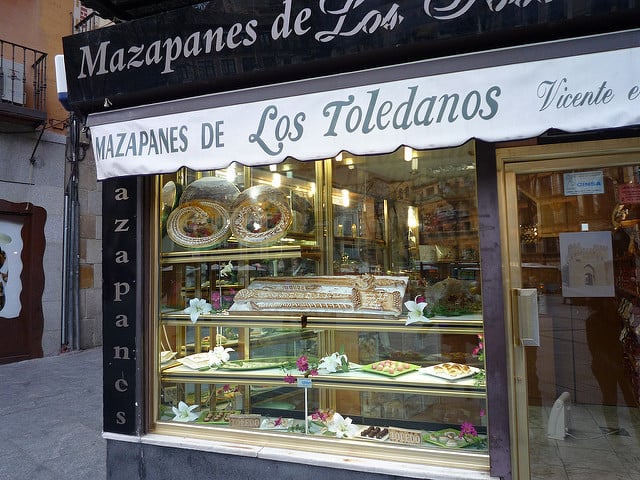
Photo: Chris / Flickr
Yet more treats for those with a sweet tooth, the best marzapan – as it is known in Spanish – can be found in the region of Toledo where the almond flavoured delicacies are crafted into intricate shapes.
8. Jamón
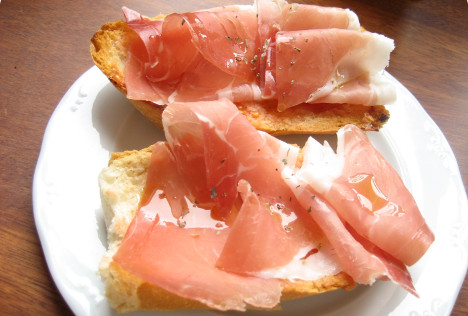
Photo: Boca Dorada / Wikimedia Commons.
Because when is it NOT the right time of year for jamón? In Spain, it's always time for jamón. But especially at Christmas when many families receive an entire ham leg as a Christmas gift.
READ MORE: The ultimate guide to buying a leg of 'jamón' in Spain at Christmas
9 Galets
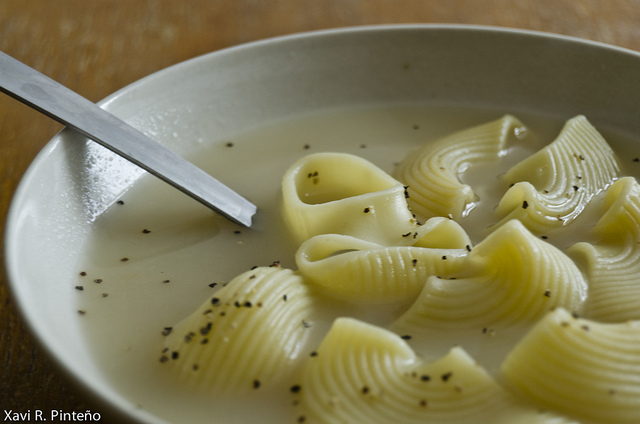
Photo: FrikJan / Flickr
Galets soup is a stable at Christmas in Catalonia which is comprised of large pasta shells stuffed with mince meat floating in a rich tasty broth.
10. Cava

Photo by Maria Petersson on Unsplash
No celebration over Christmas and New Year would be complete without lashings of cava, Spain's go to alternative to champagne, the majority of which is produced in the vineyards of Catalonia.
READ ALSO Festive cheer: Seven great Spanish tipples to enjoy over the holidays

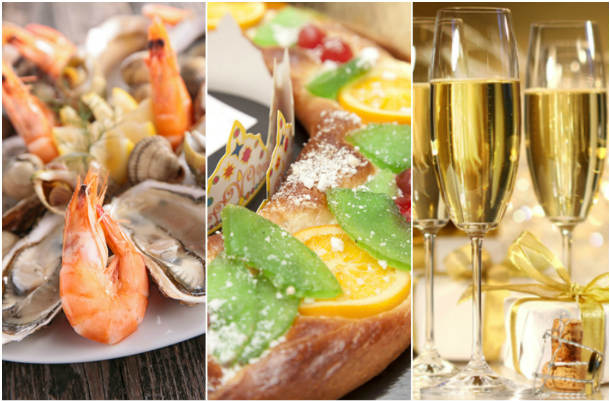
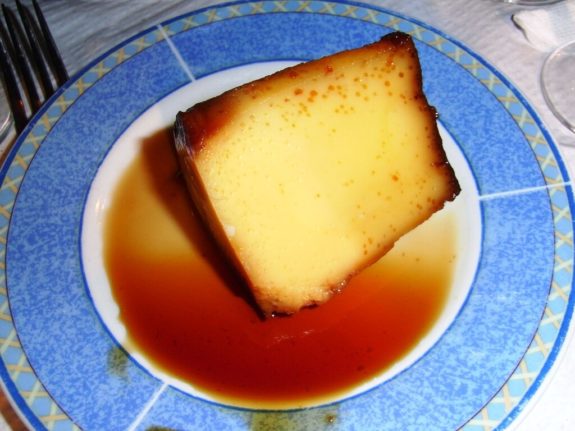

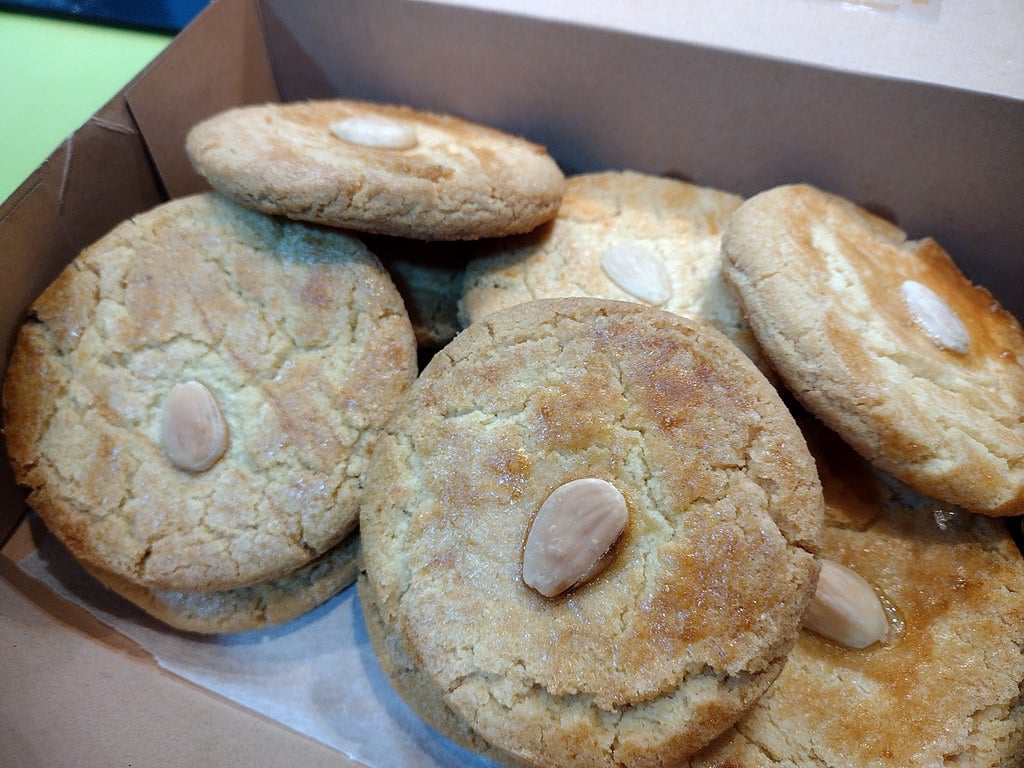
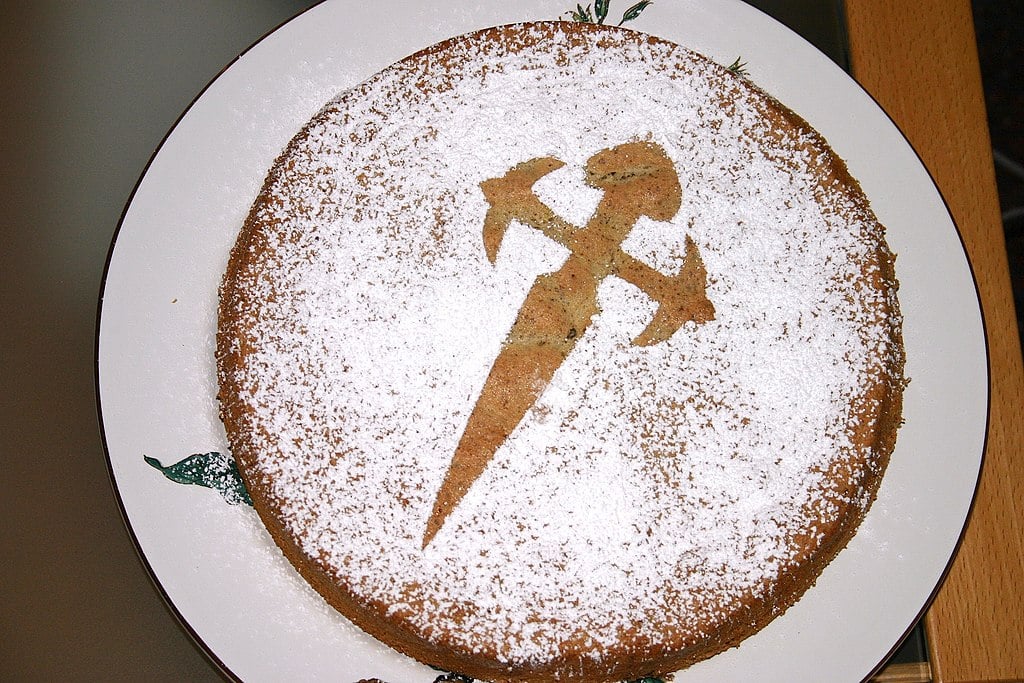
 Please whitelist us to continue reading.
Please whitelist us to continue reading.
Member comments